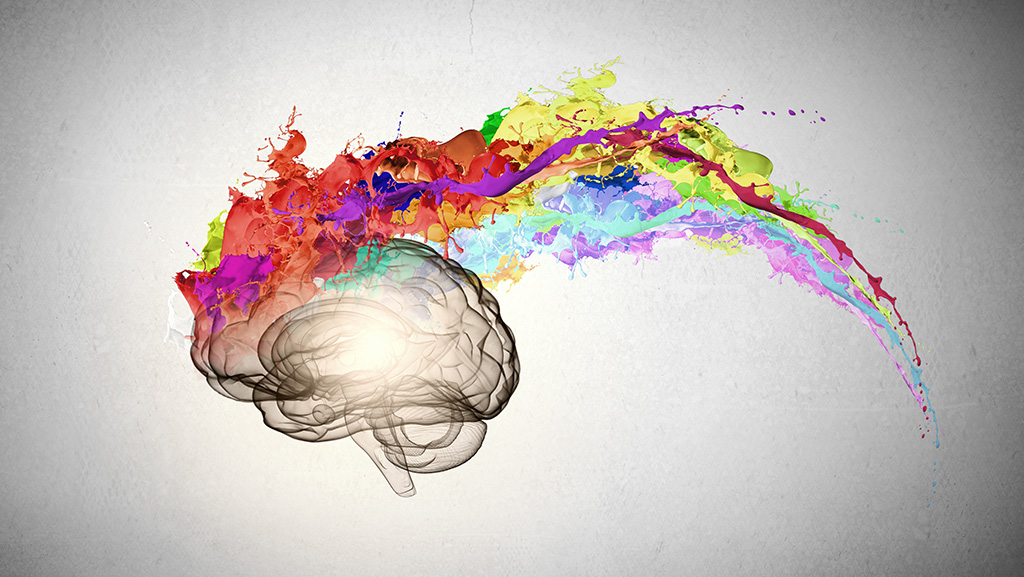Creativity and Sleep

Sleep has several known important functions, as for example consolidation of information acquired during the day and relaxation of the brain as well as of the body. Yet, there is a lot unknown about the function of sleep. To investigate how sleep can influence higher order cognitive functions and whether these functions can be influenced by TMS, a study on sleep and creativity will be conducted.
First, a correlative set of experiments will be conducted with high- and low-creativity groups. Both groups will consist of 20 healthy individuals in the age range of 18 to 35 years. Every subject will perform a series of tests assessing their creativity and a sleep electroencephalography (EEG) will be conducted. It will be assessed whether there is a difference in the sleep EEG of both groups correlating to the differences in creativity.
In the second set of experiments, repeated TMS (rTMS) will be applied to interfere with previously established creativity nodes. We assume that the high and low creativity groups will not respond to the stimulation in the same way and that these effects can be measured by the creativity tests. Additionally, resting-state EEG will be conducted to capture if there were any effects of the TMS on the brain network.
We expect this study to provide insight into the creativity network in the brain as well as how it correlates to sleep and how easy creativity can be influenced by TMS.
